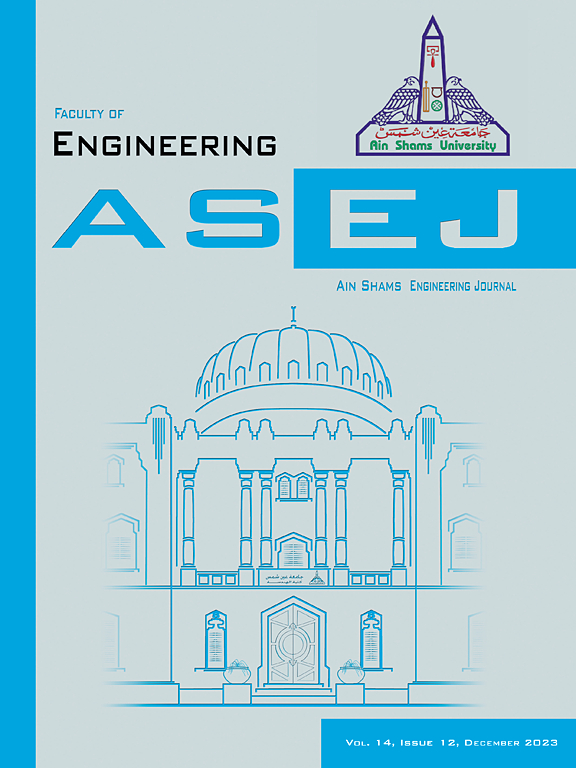Development of new modified delay and queue length methods for urban signalized intersections: A case of Antalya city
IF 6
2区 工程技术
Q1 ENGINEERING, MULTIDISCIPLINARY
引用次数: 0
Abstract
In many undeveloped and developing countries, unplanned and dysfunctional signalized intersections are prevalent due to a lack of expertise. These intersections suffer from operational and safety issues as they often fail to meet standardized criteria. Consequently, drivers tend to behave aggressively, leading to chaos and the creation of illegal lanes at intersection legs. This study examines seven problematic intersections, using American (HCM) and Australian (Akcelik) methods to assess existing delays and queue lengths. However, the error rates (MAPE) for these methods are notably high, indicating their inadequacy in assessing intersections with geometric irregularities. To address this, the study proposes modified evaluation methods using Artificial Bee Colony and Biogeography-Based Optimization, with the Modified HCM (US) method providing the most accurate results with significantly lower error rates for both delay (9.4 %) and queue length (15.1 %). This suggests that queued approaches are essential for accurately assessing intersections in countries facing geometric challenges.
求助全文
约1分钟内获得全文
求助全文
来源期刊

Ain Shams Engineering Journal
Engineering-General Engineering
CiteScore
10.80
自引率
13.30%
发文量
441
审稿时长
49 weeks
期刊介绍:
in Shams Engineering Journal is an international journal devoted to publication of peer reviewed original high-quality research papers and review papers in both traditional topics and those of emerging science and technology. Areas of both theoretical and fundamental interest as well as those concerning industrial applications, emerging instrumental techniques and those which have some practical application to an aspect of human endeavor, such as the preservation of the environment, health, waste disposal are welcome. The overall focus is on original and rigorous scientific research results which have generic significance.
Ain Shams Engineering Journal focuses upon aspects of mechanical engineering, electrical engineering, civil engineering, chemical engineering, petroleum engineering, environmental engineering, architectural and urban planning engineering. Papers in which knowledge from other disciplines is integrated with engineering are especially welcome like nanotechnology, material sciences, and computational methods as well as applied basic sciences: engineering mathematics, physics and chemistry.
 求助内容:
求助内容: 应助结果提醒方式:
应助结果提醒方式:


